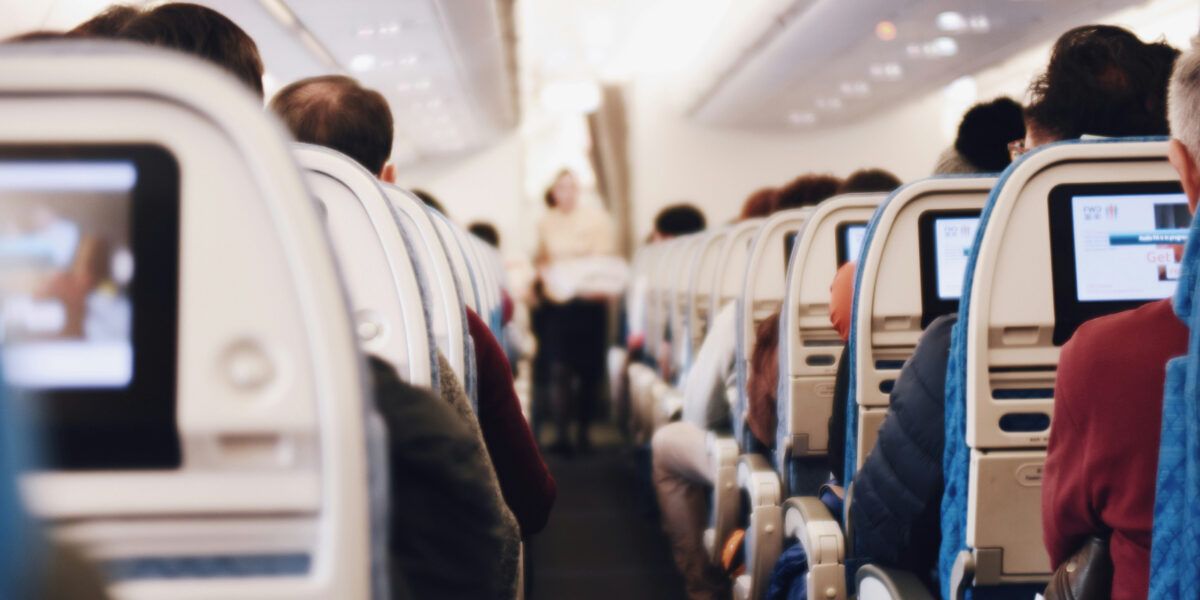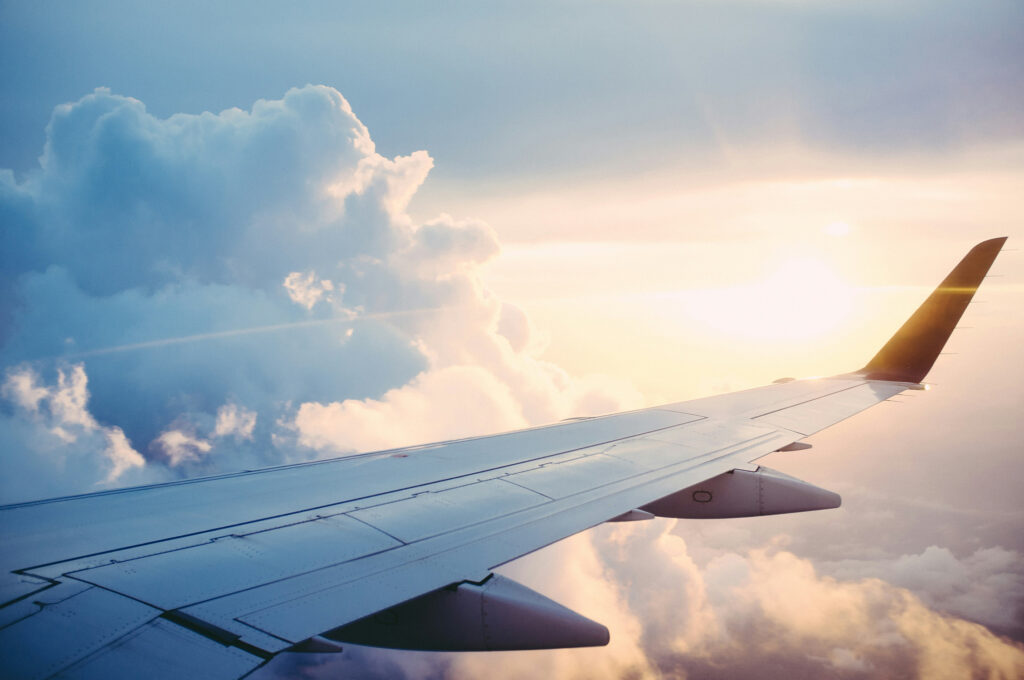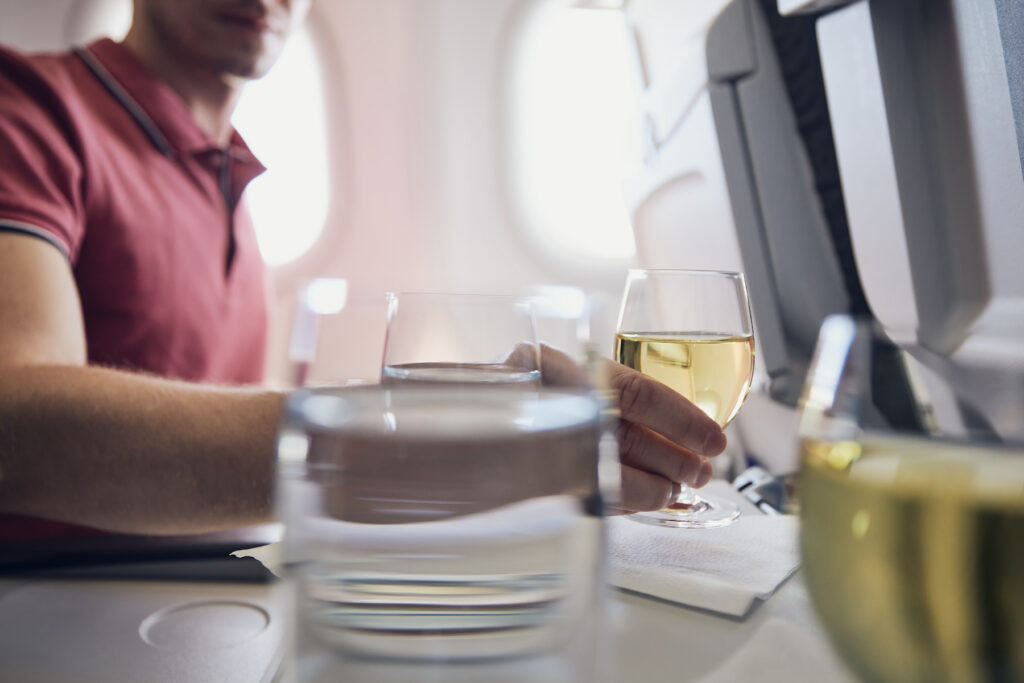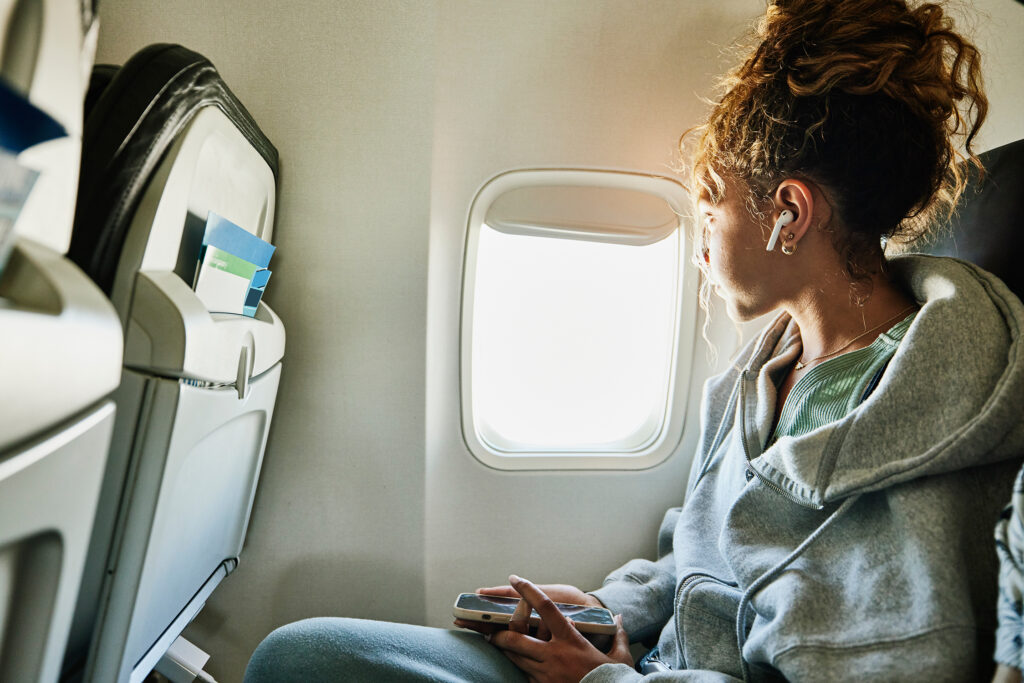
How to Deal with Turbulence Anxiety, According to Flight Attendants
Shake it off!

I have a confession to make: Though I’ve traveled to all corners of the world—29 countries and six continents, to be exact—I’m absolutely terrified of turbulence. Sure, rough air might be routine on most flights; however, the slightest bump will have me breaking out into a cold sweat, silently panicking, and white-knuckling my armest. (Or my husband’s arm. Or my seatmate’s arm. I don’t discriminate.)
Turns out, I’m not alone here: According to a 2023 study from Upgraded Points, nearly 40 percent of people cite turbulence as the most terrifying part of the flying experience. In fact, on a recent flight to Japan, a sudden drop in altitude prompted multiple passengers to emit fearful shrieks. If only there was some magic pep talk turbulence-intolerant passengers could listen to in order to turn their nerves into nonchalance…

enviromantic/Getty Images
Well, maybe there is. Flight attendants spend the bulk of their job 30,000 feet in the air and don’t even wince at a sudden shake or quake. But, as flight attendant Harry M.* points out, knowledge is power.
“Turbulence is so difficult for folks because they don’t have control of the wheel and most don’t understand the extreme conditions a plane can withstand,” he explains. “Simply knowing the wings can and have been tested to flex nearly 25 feet up and down on a 737 without hurting the structure of the plane [can help].” To allay any anxiety, two professionals are sharing their top tips and coping mechanisms to remain calm during some rough air.
Say Farewell to Your Fear of Falling
For many, turbulence is viewed as a sign that something is wrong; as if this gigantic tin can is going to be shaken so aggressively that it will simply fall out of the sky. However, despite what your nerves might tell you, the pros insist turbulence is a natural part of your flight path.
“I would describe it as bumps in the road, but the plane always stays on the road,” Harry explains. “We don’t drive off, we keep our way despite the condition of the road.”
Meanwhile, flight attendant Grace Rueda points to TikTok’s viral Jell-O theory. “Imagine an object suspended in a cup of Jell-O,” she shares. “If the cup is shaken, the object in the jello shakes along with the Jell-O, but it doesn’t fall to the bottom of the Jell-O. Air pressure on a plane in flight is the same idea.”
Though it is possible to have clear air turbulence—unexpected pockets that cause the plane to drop a little—Rueda says it’s seldom a problem. Translation? Your flight is doing just fine.

Getty Images
Use Your Drink to Discern
Of course, there are varying degrees of turbulence, so how do you know what’s standard and what’s severe? Your snack cart order might help. “I judge the severity of turbulence with half a glass of water on the counter,” Rueda shares. “Rough air can feel like the plane is gonna fall out of the sky, but I find it helpful to know that most of the time, it’s just moderate turbulence.”
Simply place a cup of water on your tray table and watch what happens: Water that shakes a little is a sign of light bumps, while sloshing H20 represents moderate rough air. Meanwhile, water that spills out of the cup is a symptom of severe turbulence, which is pretty rare.
Have a Distraction
If you start to find yourself losing your cool, find a distraction. From meditative breathing to a LOL-worthy podcast, having something to do can help you forget about the rough air. While grabbing a boozy beverage can help take the edge off, make sure to pace yourself. “Alcohol feels stronger inflight,” Rueda explains. “We say that a glass in the air feels like two on the ground.”

Thomas Barwick/Getty Images
Seriously, Keep Your Seatbelt On
Let’s get one thing straight: The seatbelt sign isn’t a recommendation, it’s an order from your captain. Though fastening your seatbelt will ensure that you stay safe and unscathed, the pros say flight attendants are the most likely to get injured.
“I’ve had crew members get serious injuries from being in the aisle or standing in the galley when we experience rough air,” Rueda shares. “That’s why we keep the carts stowed during turbulence. They can weigh up to 200 pounds and can cause some serious damage.”
She says that as long as your seatbelt is fastened snugly around your lap, injury is very unlikely.
*A pseudonym has been used.
